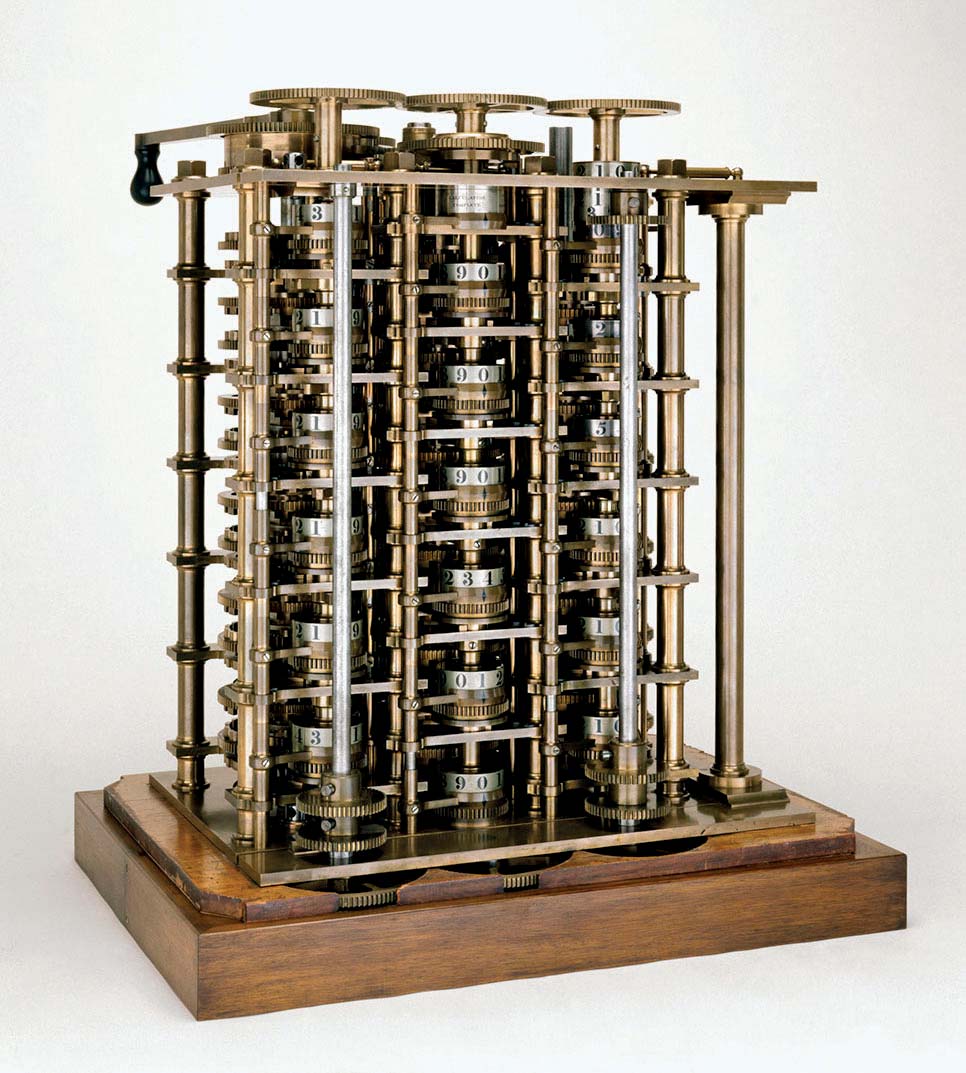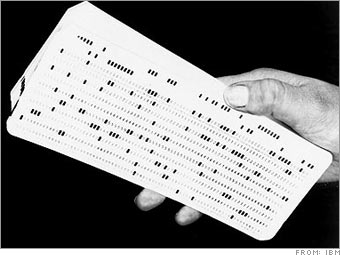The Turing Test is a famous benchmark for assessing a machine’s ability to exhibit intelligent behaviour that is equivalent or indistinguishable from that of a human. However, the test has several limitations that have been subject to criticism and debate.

One significant limitation of the Turing Test is that it relies on subjective judgments by human judges, which can introduce biases and inconsistencies. The test also evaluates only a machine’s ability to mimic human conversation, which is a narrow aspect of intelligence. This limitation excludes other essential aspects of intelligence, such as creativity and problem-solving ability.
Furthermore, the test does not account for a machine’s understanding of the world, which is an essential aspect of intelligence. A machine may produce a conversation that sounds human-like, but it may not understand the meaning of its responses.
Another limitation of the Turing Test is that it does not require a machine to interact with the physical world, which is an essential aspect of intelligence. The test is also criticized for not evaluating a machine’s ability to adapt to new situations or provide unpredictable responses.
Finally, the Turing Test is often criticized for being too simplistic and not capturing the full complexity of intelligence. While it is a useful tool for evaluating a machine’s ability to simulate human conversation, it is not a definitive measure of intelligence.
In conclusion, the Turing Test has several limitations that must be considered when using it as a benchmark for assessing a machine’s intelligence. While it is useful for evaluating a machine’s ability to simulate human conversation, it does not capture the full range of human intelligence. Therefore, other metrics and tests should also be considered to provide a comprehensive assessment of a machine’s intelligence.
Key points:
- Subjectivity: The Turing Test relies on subjective judgments by human judges, which can introduce biases and inconsistencies.
- Limited Scope: The Turing Test only evaluates a machine’s ability to mimic human conversation, which is a narrow aspect of intelligence.
- Lack of Creativity: The test does not account for a machine’s ability to create something original or innovative.
- Lack of Understanding: The test does not evaluate a machine’s understanding of the world, which is an essential aspect of intelligence.
- Limited Interaction: The test does not require a machine to interact with the physical world, which is an essential aspect of intelligence.
- Predictable Responses: The test does not evaluate a machine’s ability to adapt to new situations or provide unpredictable responses.
- Complexity: The test is often criticized for being too simplistic and not capturing the full complexity of intelligence.









